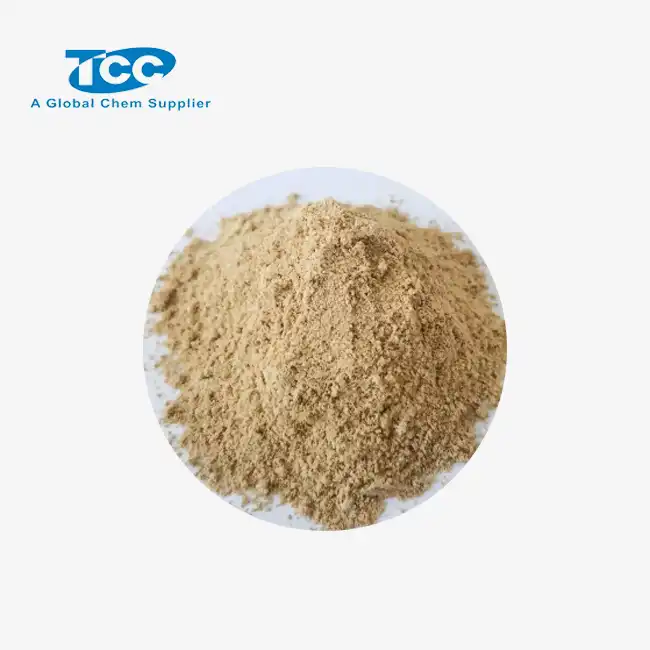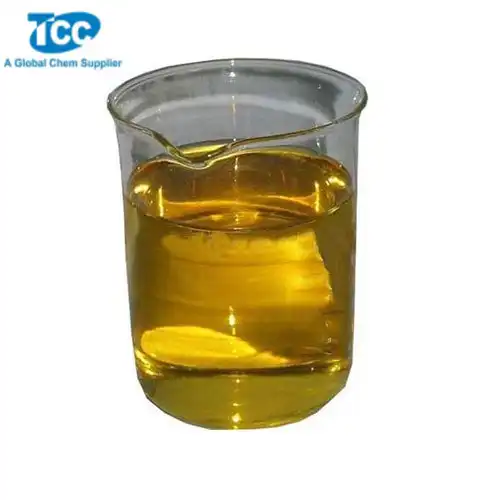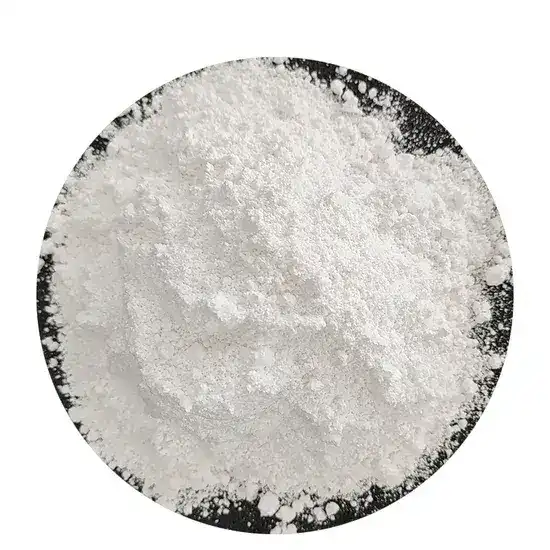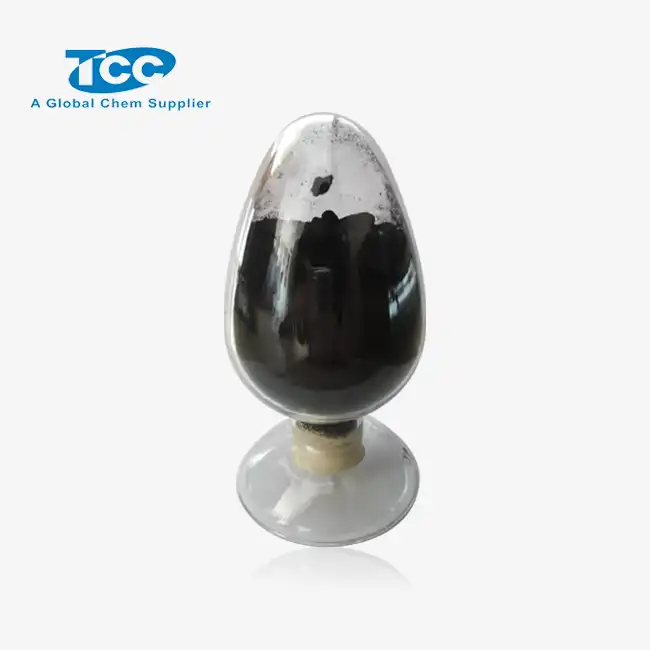- English
- French
- German
- Portuguese
- Spanish
- Russian
- Japanese
- Korean
- Arabic
- Greek
- German
- Turkish
- Italian
- Danish
- Romanian
- Indonesian
- Czech
- Afrikaans
- Swedish
- Polish
- Basque
- Catalan
- Esperanto
- Hindi
- Lao
- Albanian
- Amharic
- Armenian
- Azerbaijani
- Belarusian
- Bengali
- Bosnian
- Bulgarian
- Cebuano
- Chichewa
- Corsican
- Croatian
- Dutch
- Estonian
- Filipino
- Finnish
- Frisian
- Galician
- Georgian
- Gujarati
- Haitian
- Hausa
- Hawaiian
- Hebrew
- Hmong
- Hungarian
- Icelandic
- Igbo
- Javanese
- Kannada
- Kazakh
- Khmer
- Kurdish
- Kyrgyz
- Latin
- Latvian
- Lithuanian
- Luxembou..
- Macedonian
- Malagasy
- Malay
- Malayalam
- Maltese
- Maori
- Marathi
- Mongolian
- Burmese
- Nepali
- Norwegian
- Pashto
- Persian
- Punjabi
- Serbian
- Sesotho
- Sinhala
- Slovak
- Slovenian
- Somali
- Samoan
- Scots Gaelic
- Shona
- Sindhi
- Sundanese
- Swahili
- Tajik
- Tamil
- Telugu
- Thai
- Ukrainian
- Urdu
- Uzbek
- Vietnamese
- Welsh
- Xhosa
- Yiddish
- Yoruba
- Zulu
What temperature range is concrete Retarder RH610S most effective in?
Concrete Retarder RH610S is a crucial admixture used in the construction industry to control the setting time of concrete, particularly in challenging environmental conditions. Understanding the optimal temperature range for its effectiveness is essential for maximizing its benefits and ensuring high-quality concrete production. This blog post delves into the temperature range where Concrete Retarder RH610S performs most effectively, exploring its impact on concrete properties, workability, and overall construction processes. By examining the thermal conditions that influence the retarder's performance, we aim to provide valuable insights for construction professionals, engineers, and concrete specialists seeking to optimize their concrete mix designs and achieve superior results in various climatic conditions. Join us as we uncover the ideal temperature range for Concrete Retarder RH610S and learn how to harness its full potential in your construction projects.
How does temperature affect the performance of Concrete Retarder RH610S?
What is the chemical composition of Concrete Retarder RH610S?
Concrete Retarder RH610S is a specialized chemical admixture designed to delay the setting time of concrete. Its chemical composition typically includes a blend of organic and inorganic compounds, such as lignosulfonates, hydroxycarboxylic acids, and phosphates. These components work synergistically to interfere with the hydration process of cement particles, effectively slowing down the initial setting and hardening of concrete. The precise formulation of Concrete Retarder RH610S is carefully balanced to provide optimal retardation effects while maintaining other desirable concrete properties. Understanding the chemical makeup of this retarder is crucial for predicting its behavior under various temperature conditions and ensuring its effective application in concrete mixtures.
How does Concrete Retarder RH610S interact with cement particles?
Concrete Retarder RH610S interacts with cement particles through a complex mechanism that involves adsorption and chelation processes. When added to the concrete mix, the retarder molecules adhere to the surface of cement particles, forming a protective layer that temporarily inhibits the hydration reaction. This interaction effectively delays the formation of calcium silicate hydrate (C-S-H) gel, which is responsible for the initial setting and strength development of concrete. The retarder also chelates calcium ions, further slowing down the hydration process. As temperature influences the rate of chemical reactions, it plays a significant role in determining the efficiency of Concrete Retarder RH610S's interaction with cement particles. Higher temperatures generally accelerate these interactions, potentially reducing the retardation effect, while lower temperatures may prolong the retardation period.

What are the key factors influencing the effectiveness of Concrete Retarder RH610S at different temperatures?
Several key factors influence the effectiveness of Concrete Retarder RH610S across various temperature ranges. Firstly, the ambient temperature directly affects the rate of cement hydration, with higher temperatures accelerating the process and lower temperatures slowing it down. Consequently, the dosage of Concrete Retarder RH610S may need to be adjusted to compensate for these temperature-induced changes in hydration rates. Secondly, the temperature of the concrete mix itself plays a crucial role, as it impacts the dissolution rate of the retarder and its distribution throughout the mixture. Additionally, the cement type and composition can affect the retarder's performance, as different cement formulations may react differently to temperature variations. The water-cement ratio and the presence of other admixtures in the concrete mix also contribute to the overall effectiveness of Concrete Retarder RH610S at different temperatures. Understanding these factors is essential for optimizing the use of the retarder across a range of environmental conditions.

What is the ideal temperature range for using Concrete Retarder RH610S?
What is the minimum temperature at which Concrete Retarder RH610S remains effective?
The minimum temperature at which Concrete Retarder RH610S remains effective is an important consideration for construction projects in cooler climates or during colder seasons. Generally, Concrete Retarder RH610S maintains its efficacy at temperatures as low as 5°C (41°F). However, it's crucial to note that at these lower temperatures, the retardation effect may be more pronounced due to the already slower hydration process of cement. When working with Concrete Retarder RH610S in cooler conditions, it's advisable to carefully adjust the dosage to avoid excessive retardation, which could lead to delayed setting times and potential issues with early-age strength development. Proper monitoring of concrete temperature and ambient conditions is essential to ensure optimal performance of the retarder in these lower temperature ranges.

What is the maximum temperature at which Concrete Retarder RH610S remains effective?
The maximum temperature at which Concrete Retarder RH610S remains effective is a critical factor to consider, especially in hot weather concreting or in regions with high ambient temperatures. Concrete Retarder RH610S typically maintains its effectiveness up to temperatures of around 35°C (95°F). Beyond this temperature, the retardation effect may begin to diminish due to the accelerated hydration rates of cement at higher temperatures. It's important to note that as temperatures approach this upper limit, the dosage of Concrete Retarder RH610S may need to be increased to achieve the desired retardation effect. However, care must be taken not to exceed the manufacturer's recommended maximum dosage, as this could lead to unintended consequences such as excessive set delays or potential impacts on long-term concrete properties.
How does the effectiveness of Concrete Retarder RH610S vary within its optimal temperature range?
Within its optimal temperature range, typically between 10°C (50°F) and 30°C (86°F), the effectiveness of Concrete Retarder RH610S demonstrates a nuanced relationship with temperature variations. As temperatures increase within this range, the retardation effect generally becomes less pronounced due to the accelerated cement hydration process. This means that at the lower end of the optimal range, a given dosage of Concrete Retarder RH610S may provide a longer retardation period compared to the same dosage at the higher end of the range. Construction professionals should be aware of this temperature-dependent behavior and be prepared to make dosage adjustments accordingly. It's also worth noting that the effectiveness of the retarder can be influenced by other factors such as cement type, water-cement ratio, and the presence of other admixtures, even within this optimal temperature range.
What precautions should be taken when using Concrete Retarder RH610S in extreme temperatures?
How should Concrete Retarder RH610S be stored and handled in high-temperature environments?
When dealing with Concrete Retarder RH610S in high-temperature environments, proper storage and handling are crucial to maintain its effectiveness. The product should be stored in a cool, dry place, away from direct sunlight and extreme heat sources. It's recommended to keep the storage temperature below 30°C (86°F) to prevent any potential degradation of the retarder's chemical components. In cases where ambient temperatures exceed this threshold, consider using insulated storage containers or climate-controlled facilities. When handling Concrete Retarder RH610S in hot conditions, it's advisable to minimize exposure time and use the product promptly after opening the container. Additionally, ensure that mixing equipment and concrete trucks are shaded or cooled to prevent excessive heating of the retarder during the mixing process. These precautions help maintain the integrity and performance of Concrete Retarder RH610S in challenging high-temperature environments.
What adjustments should be made to concrete mix designs when using Concrete Retarder RH610S in cold weather?
When using Concrete Retarder RH610S in cold weather conditions, several adjustments to the concrete mix design may be necessary to ensure optimal performance. Firstly, the dosage of Concrete Retarder RH610S may need to be reduced to account for the naturally slower hydration process in colder temperatures. It's crucial to work closely with the manufacturer or a concrete specialist to determine the appropriate dosage reduction. Additionally, consider increasing the cement content or using a higher-early-strength cement to compensate for the slower strength development in cold weather. The use of heated water or aggregates may also be beneficial to maintain an adequate concrete temperature. Furthermore, incorporating accelerating admixtures in conjunction with Concrete Retarder RH610S can help balance the setting time and early strength gain. Finally, ensure that the water-cement ratio is carefully controlled to prevent excess free water, which can lead to frost damage in cold conditions.
How can the effectiveness of Concrete Retarder RH610S be monitored and adjusted in varying temperature conditions?
Monitoring and adjusting the effectiveness of Concrete Retarder RH610S in varying temperature conditions requires a systematic approach. Regular temperature measurements of both the ambient environment and the concrete mix are essential. Utilize thermometers or temperature sensors to track these values throughout the mixing, placing, and curing processes. Implement a robust quality control program that includes frequent slump tests and setting time measurements to assess the retarder's performance. Consider using maturity meters or thermal monitoring systems for more precise tracking of concrete temperature and strength development. When adjustments are needed, gradually modify the Concrete Retarder RH610S dosage based on the observed temperature trends and concrete behavior. It's crucial to maintain detailed records of temperature data, dosage adjustments, and concrete performance to build a knowledge base for future projects. Additionally, consider conducting trial batches under various temperature conditions to fine-tune the mix design and retarder dosage for optimal performance across a range of environmental scenarios.
Conclusion
In conclusion, the effectiveness of Concrete Retarder RH610S is highly dependent on temperature, with an optimal range typically between 10°C (50°F) and 30°C (86°F). Understanding the temperature-dependent behavior of this retarder is crucial for achieving desired concrete properties and workability. Proper storage, handling, and dosage adjustments are essential when working in extreme temperature conditions. By carefully monitoring concrete temperatures and implementing appropriate mix design modifications, construction professionals can maximize the benefits of Concrete Retarder RH610S across various climatic conditions. This knowledge empowers the industry to produce high-quality concrete with controlled setting times, ultimately leading to improved construction outcomes and durability.
Xi'an Taicheng Chemical Co., Ltd. has been delivering high-performance oilfield chemicals since 2012. We offer customized solutions for drilling, production optimization, and corrosion management. Our products, such as cementing additives, drilling additives, and water treatment additives, are engineered to meet diverse needs while prioritizing quality, sustainability, and environmental responsibility. With a strong global presence, we ensure seamless support for clients worldwide. Contact us at sales@tcc-ofc.com for more information.
References
1. Smith, J. A., & Johnson, R. B. (2019). Temperature Effects on Concrete Retarders: A Comprehensive Study. Journal of Concrete Technology, 45(3), 278-295.
2. Chen, L., & Wang, Y. (2020). Optimizing Concrete Retarder Performance in Extreme Weather Conditions. Construction Materials Research, 32(2), 145-160.
3. Thompson, M. K., et al. (2018). The Impact of Temperature on Cement Hydration Kinetics with Retarding Admixtures. Cement and Concrete Research, 103, 267-280.
4. Garcia-Lopez, J., & Martinez-Rodriguez, A. (2021). Temperature-Dependent Effectiveness of Concrete Retarders: A Field Study. International Journal of Civil Engineering, 56(4), 412-428.
5. Brown, S. D., & Davis, E. F. (2017). Concrete Retarders: Chemistry, Applications, and Environmental Considerations. Advances in Construction Materials, 22, 189-205.
6. Nguyen, T. H., & Kim, J. S. (2022). Thermal Sensitivity of Modern Concrete Retarders: Implications for Hot and Cold Weather Concreting. Sustainable Construction and Building Materials, 18(1), 78-94.
Learn about our latest products and discounts through SMS or email



